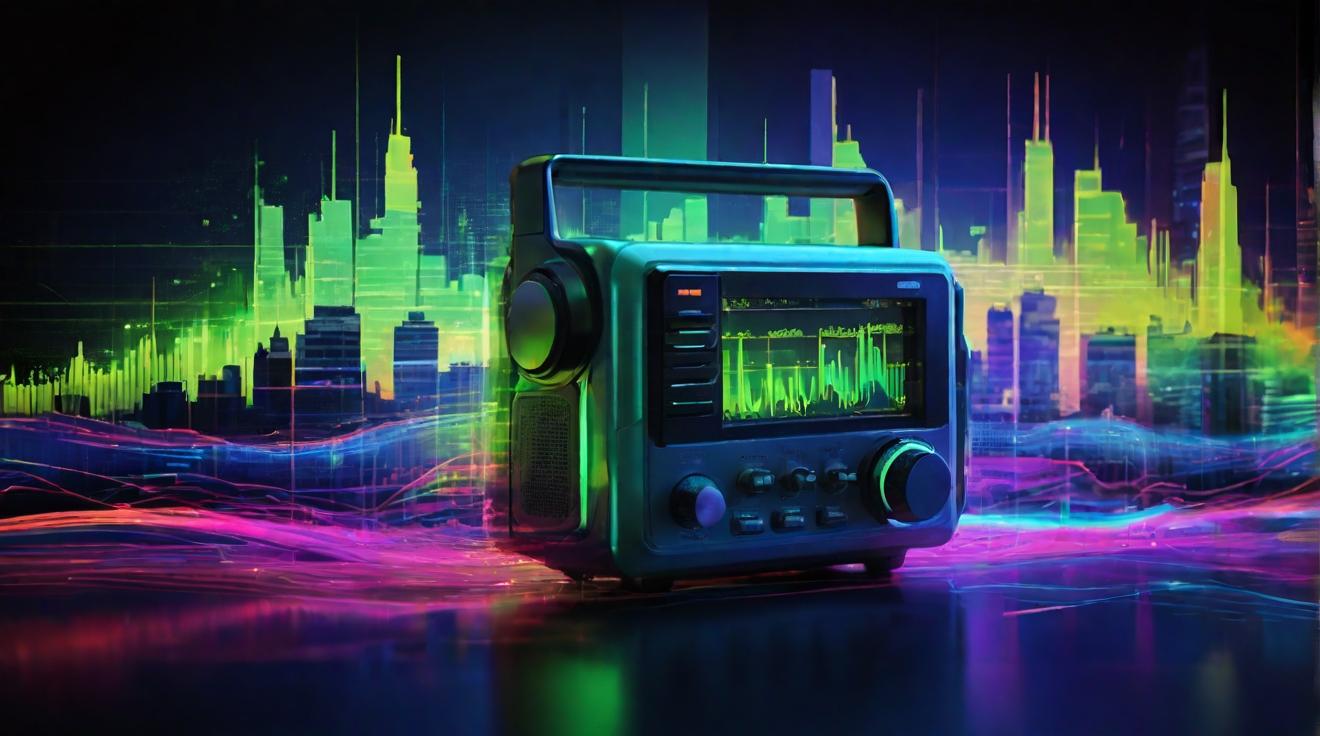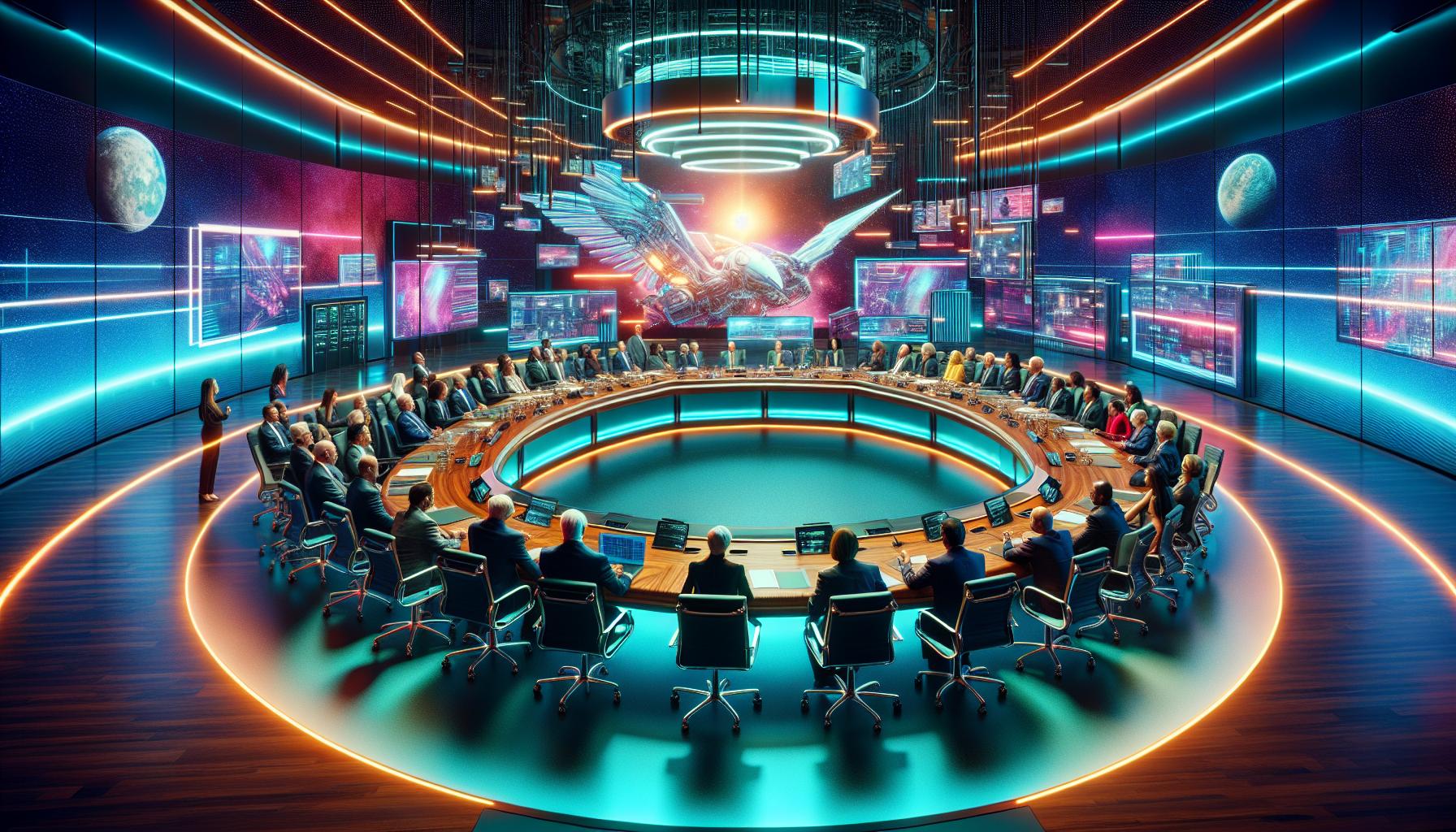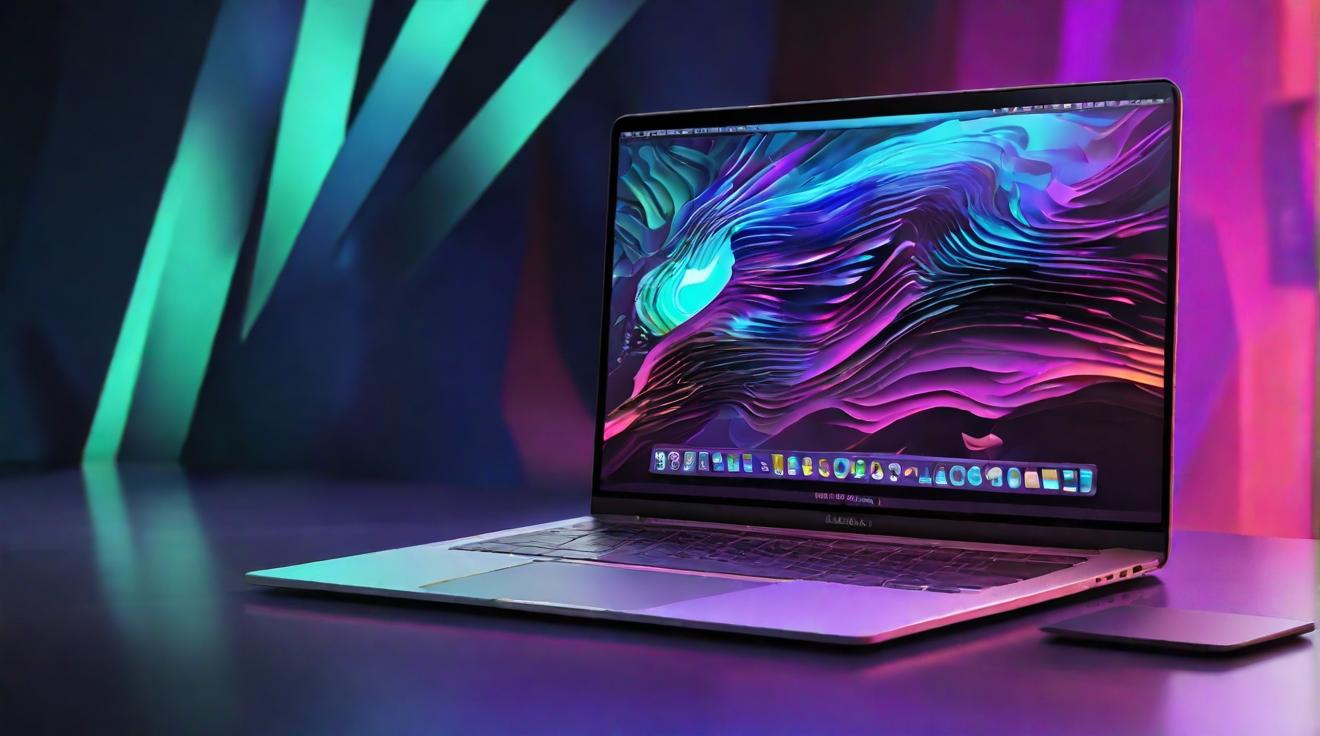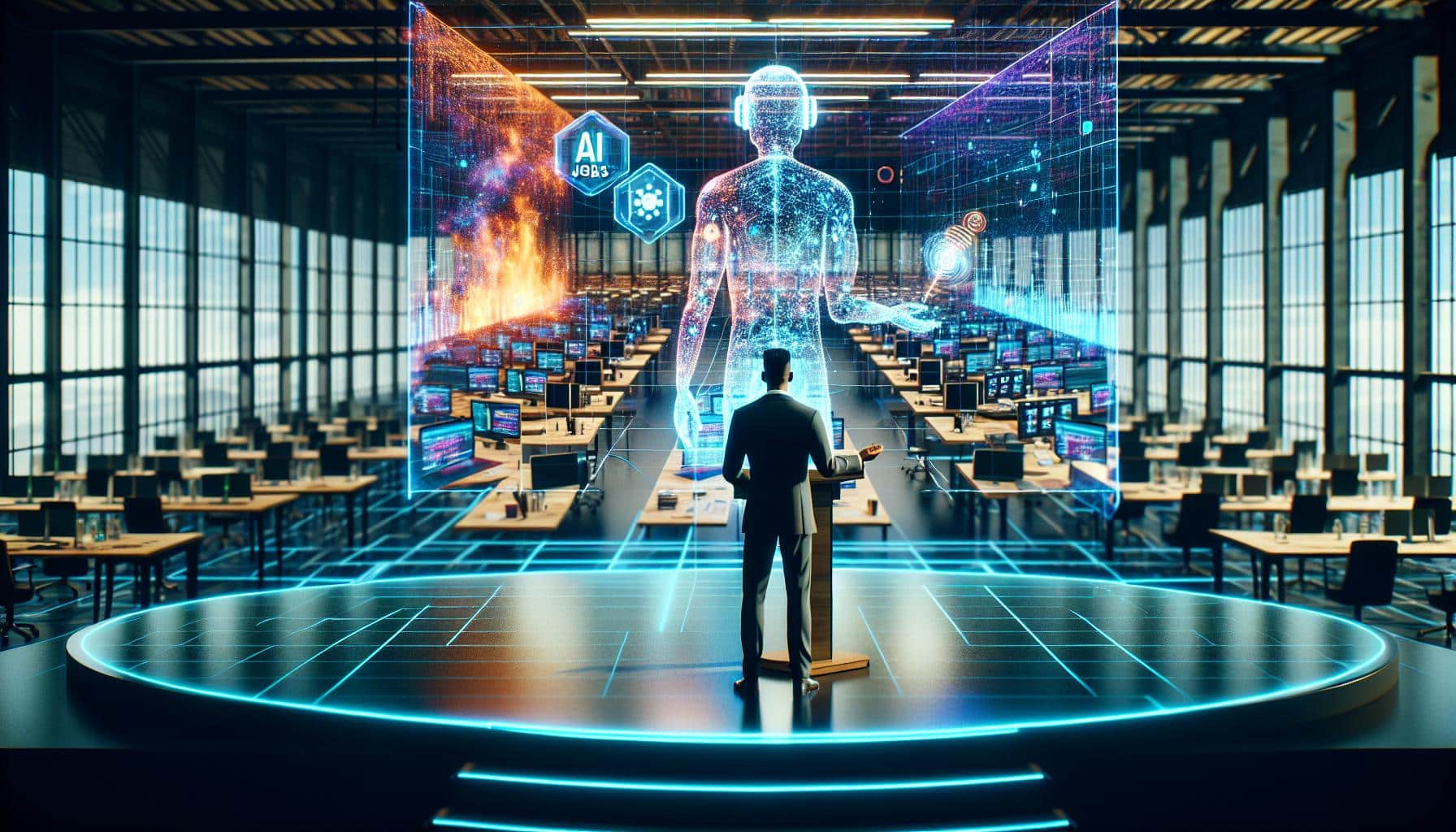Rendezvous Robotics Advances Modular Space Infrastructure with $3 Million Funding
Rendezvous Robotics, a company developing autonomous, reconfigurable space structures, has emerged from stealth with $3 million in pre-seed funding. The startup aims to transform how space missions build and scale hardware by leveraging a novel modular system called “tesserae.” These flat-packed tiles can autonomously assemble and rearrange in orbit, overcoming longstanding constraints imposed by rocket fairings and satellite bus designs.
Challenging Traditional Space Assembly Constraints
For decades, spacecraft design has been limited by the size restrictions of rocket fairings, requiring hardware to be folded or compacted before launch. This has resulted in complex, costly assembly processes exemplified by the International Space Station, which took dozens of launches and over $100 billion to construct. Moreover, once assembled, such structures cannot be modified or expanded.
Rendezvous Robotics co-founder and President Joe Landon explains that missions increasingly demand larger antennas, higher power, and bigger radiators—requirements difficult to meet with traditional satellite buses. The company’s solution enables scalable, adaptable space infrastructure that can evolve post-launch.
Innovative Modular Tiles Enable Autonomous Assembly
The company’s core innovation is the “tesserae” system—modular tiles roughly the size of a dinner plate and about an inch thick. Each tile is equipped with its own processor, sensors, and battery, allowing it to communicate and magnetically dock with others to form larger structures. The tiles can unlatch and reposition themselves on command, permitting on-orbit reconfiguration, upgrades, or repairs without astronaut intervention.
CEO and co-founder Phil Frank highlighted that the tiles are designed for low-cost, mass manufacturing, making them a practical solution for large-scale deployment.
Proven Technology and Future Milestones
Invented by MIT researcher Ariel Ekblaw and incubated through her nonprofit Aurelia Institute, the technology has undergone successful prototype testing on Blue Origin’s New Shepard and aboard the International Space Station (ISS). These tests validated the autonomous docking, self-correction, and reconfiguration capabilities of the tesserae tiles.
Rendezvous Robotics plans to conduct a demonstration on the ISS in early 2026, followed by a mission outside the station by late 2026 or early 2027. The company’s longer-term goal is to deploy a fully operational mission that assembles functional antenna apertures in orbit, emphasizing the platform’s versatility rather than a single end product.
Funding and Strategic Vision
Founded in late 2024, Rendezvous Robotics secured $3 million in pre-seed funding led by Aurelia Foundry and 8090 Industries, with participation from ATX Venture Partners, Mana Ventures, and angel investors. The capital will support hiring and advancing the technology from demonstration to operational readiness.
Headquartered near Denver, the founding team combines space industry veterans and telecom expertise, positioning the company to address commercial communications and national security applications requiring large, sensitive, and adaptable space structures.
FinOracleAI — Market View
Rendezvous Robotics’ innovative modular approach addresses critical limitations in current space infrastructure assembly, positioning the company to capitalize on growing demand for scalable, reconfigurable satellite systems. The $3 million pre-seed funding provides essential runway to advance technology readiness and secure early commercial or government customers.
Risks include technical challenges in scaling tile size and achieving reliable in-orbit operations, as well as competitive pressures from established aerospace firms. Key developments to monitor include upcoming ISS demonstrations and securing partnerships or contracts that validate commercial viability.
Impact: positive













